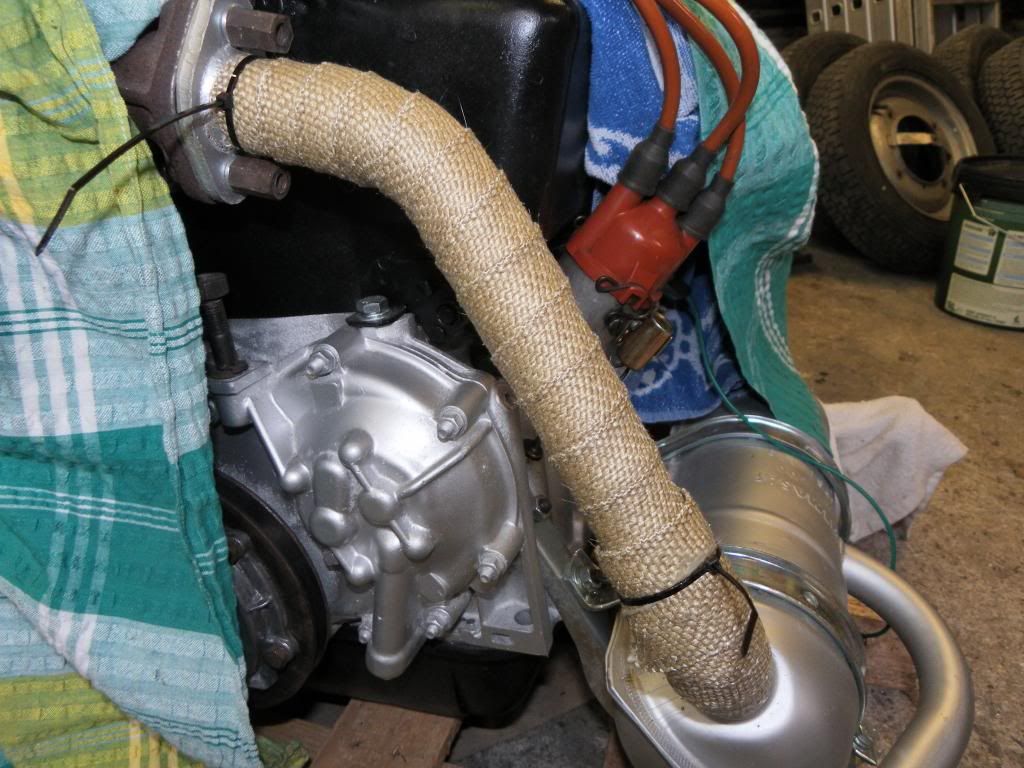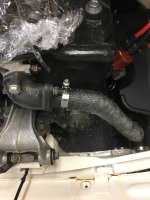Pete145
Member
- Joined
- Jun 2, 2014
- Messages
- 288
- Points
- 85
I have bought some Cool It Thermo Tec Copper Impregnated Exhaust Insulating Wrap. I wanted it to try and stop the heat affecting the paint on the engine lid, as there is a tendency for the paint to craze around the air vent due to the heat. I am going to wrap it on the exhaust down pipes, it is meant to reduced engine bay heat by up to 70%. I doubt it will do that on a 500 with the exhaust box being just next to the engine but I am sure it will make a difference. Also as anyone who has worked on a 500 knows you always burn your hand when playing around with the distributor, so it should prevent that. Also it doesn't look as bad as some other tapes you can get for wrapping manifolds. PS The cable ties are only on there for measuring up purposes it will be held with some jubilee clips. The 500 parts site in Germany sell it but they wanted Euro 99,50 for it. I managed to source it in the UK for £25.
Anyone have any experience with it or similar products?

Picking up on an old thread, as I'm about to do the same. Did this make a difference? Since my car's upgrade (and installation of an oil pressure gauge) I've had issues with the oil pressure dropping directly proportionately to the temperature.
The best guess so far is that, rather than the pressure dropping from an initial 4bar to just above 1bar (at running temperature of 75 degrees), the sensor is being affected by the temperatures in the engine bay, as my exhaust makes it impossible to fit a heat shield. Keen to know if you think this had a benefit, as it might just help to fix my issue.




